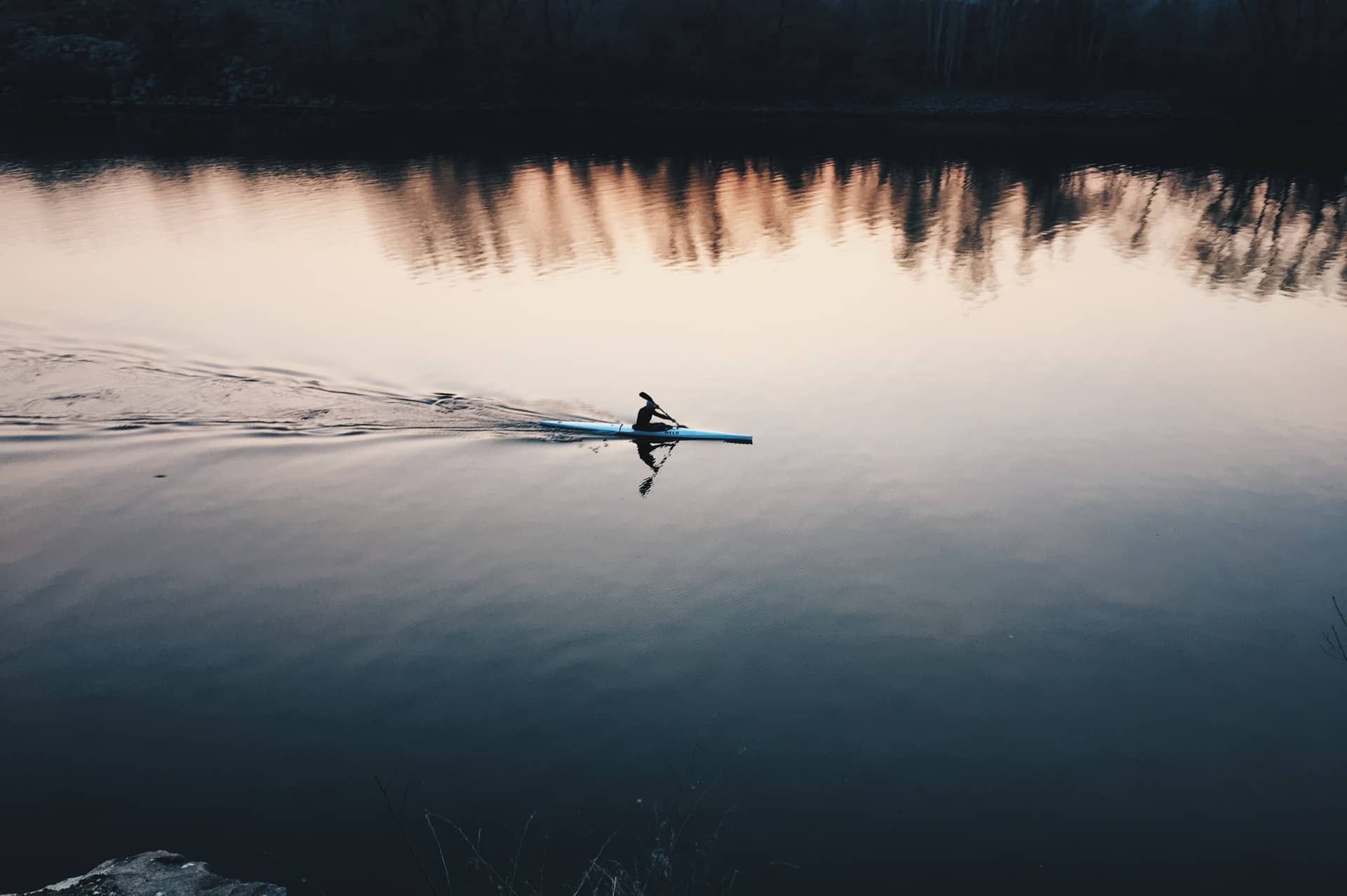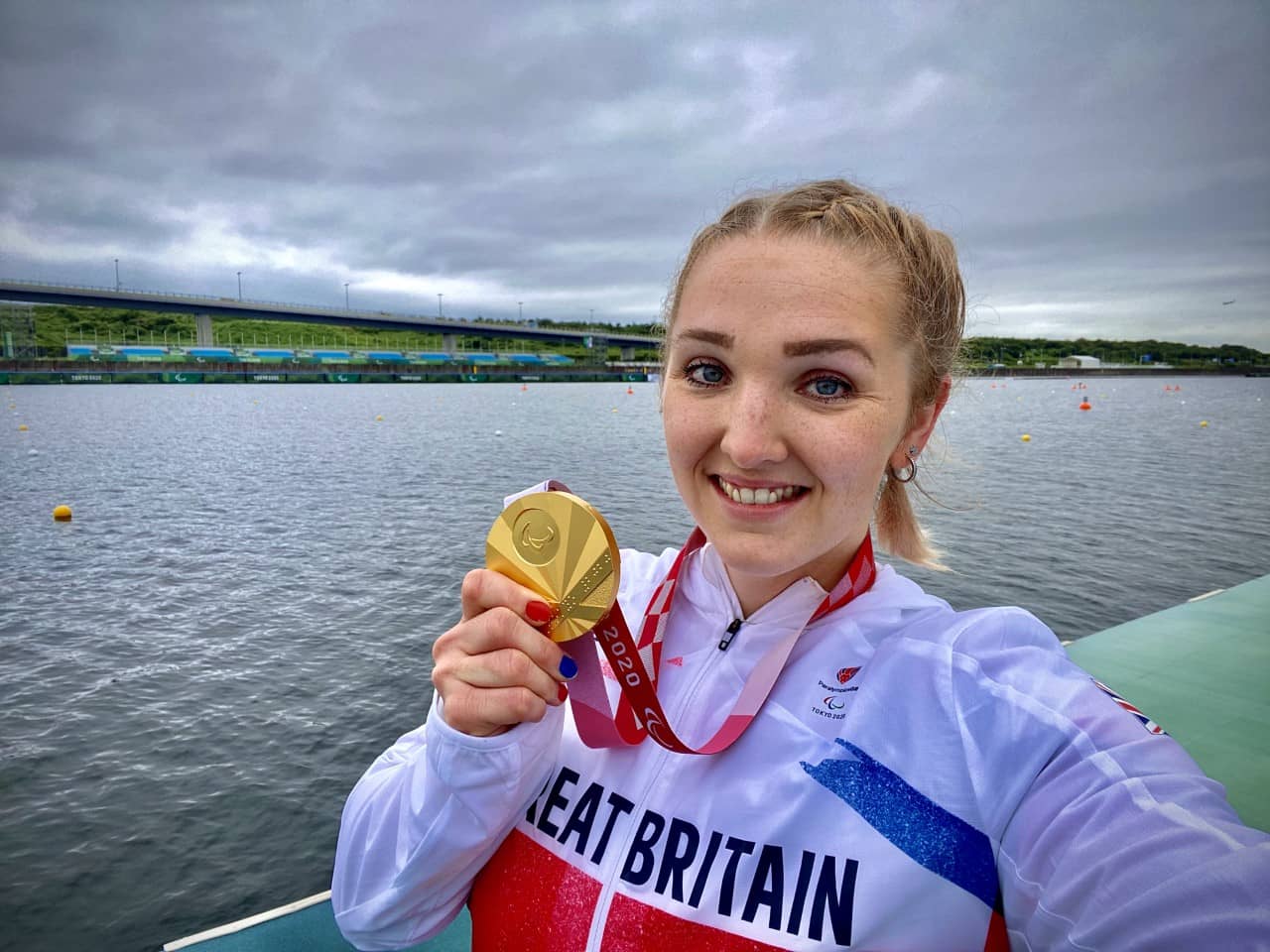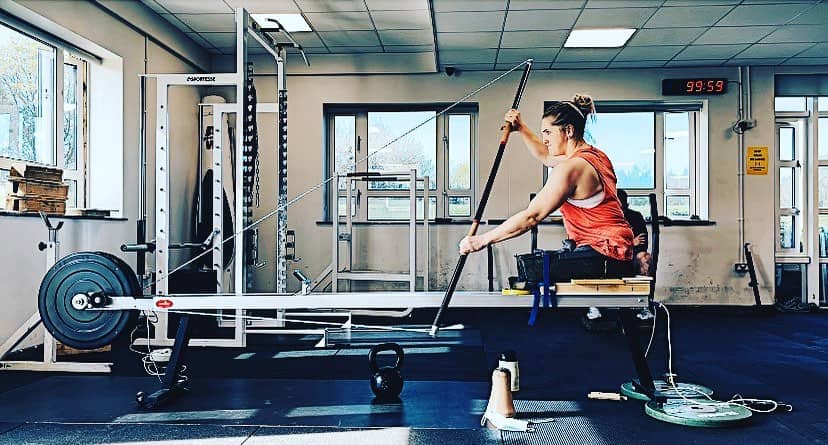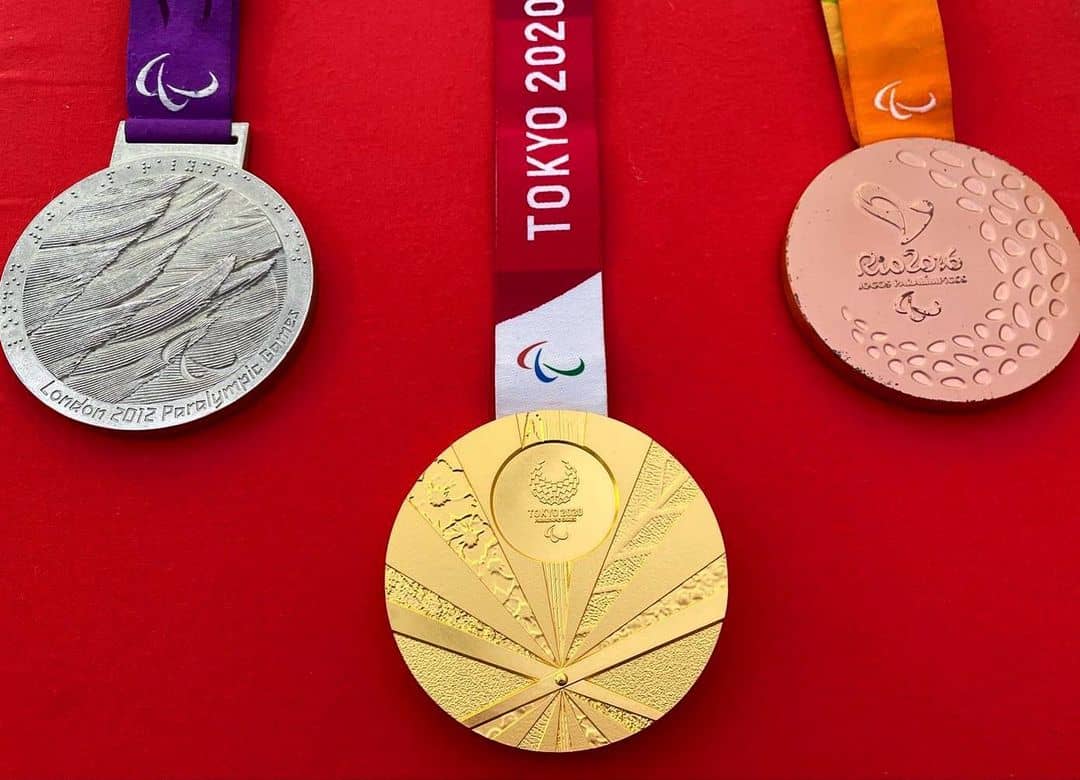Going with the flow

By guest writer, Katherine Grayson
In the world of elite sport, every aspect of an athlete’s life is intricately tracked. From diet to bone density, weight to water intake, each metric is meticulously monitored in the search for that elusive advantage. Until recently, however, one crucial factor has been ignored: the menstrual cycle.
It’s something that Paralympic swimmer and canoeist Charlotte Henshaw is keen to change. ‘Menstrual cycles are such an untapped resource,’ she says. ‘If it was something else that was less taboo, we’d already be trying to acknowledge it and change things around it. It can have such a positive impact if managed properly.’

It’s a hot topic across the sports world at the moment. Heptathlete Jessica Ennis-Hill launched her cycle mapping app Jennis last year, and Chelsea FC Women announced in 2020 that they’re using the Fitrwoman app to tailor training around players’ menstrual cycles. Top athletes have started to discuss the benefits of various forms of exercise at different points in the menstrual cycle (such as here, here and here), and Charlotte’s beginning to see this awareness applied in her training programme.
‘For example, when we do our body comparisons, we do them at the same point in our menstrual cycles. It seems silly with hindsight that we didn’t take note of this before, as we now know how much our bodies can fluctuate. Just having that information on our plan gives a broader context.’
More generally, discussing menstrual cycles in the elite sport world is becoming normalised. ‘I’ve noticed a big shift in the ease of talking about periods,’ says Charlotte. ‘We went to a talk by the English Institute of Sport at Loughborough University about menstrual health and athletes, and came away feeling really invigorated about having these open conversations. I recently had a discussion in the middle of the gym about my period and didn’t feel embarrassed at all – it just wasn’t a big deal.’
What’s particularly important is that men are on board too. ‘Sport is still so male-dominated – you’re not guaranteed to have a female member of staff, so men need to be involved in and open to the conversation. That’s where you start changing the dialogue and making systemic change.’
And for Charlotte, getting to understand her menstrual cycle had a further crucial outcome. After years of pain and no conclusive diagnosis, she was able to chart a pattern in her symptoms. This ultimately led to being diagnosed with endometriosis, a condition where tissue similar to the lining of the womb starts growing in other places, such as the fallopian tubes or ovaries. ‘I could go to my doctor armed with way more information than for the past five years. I was referred to a gynaecologist and it snowballed from there to having my operation.’ (There is no test for endometriosis – it can only be identified by having surgery, and the symptoms can be different for each woman and similar to those of other conditions).
There’s still a long way to go, however. Whilst it’s positive that Charlotte’s increased detail around her symptoms enabled her to finally get a diagnosis and, subsequently, some more effective pain management, I ask whether she found it frustrating that she had to ‘evidence’ her experience in order to get anywhere.
‘I definitely felt that,’ she nods. ‘At one point, I actually began to wonder if I was making up the symptoms because for so long, they would do investigations and it would just come back normal. The overwhelming feeling I had when I came around after my surgery was relief; I have this condition that I’m going to have for the rest of my life, and I felt relief, validated that there was a reason for the way I was feeling. Why should that be the case?’
She’s conscious, too, that elite athletes like her have far better access to healthcare than most. ‘We’re in a very privileged position to have so many people around us to help, and I know not everyone has that luxury – so if it took me that long to try and get a diagnosis, it’s much harder for people who aren’t in our world.’

With conditions like REDs, a lot of athletes and exercisers don’t realise that a missing or irregular menstrual cycle is a big red flag. Worryingly, GPs, who are often their first port of call for help with any of the other symptoms (illness, injury, low moods etc.), have also had no formal training about the crucial role of a natural menstrual cycle when it comes to energy balance and health in sport. So, through no fault of their own, athletes and their doctors are not taught how to spot the early warning signs or refer patients for specialist treatment. That’s why Charlotte’s keen for more people to share their story: ‘it will hopefully give others the tools to reach out and not feel scared to say how they’re feeling.’
It’s important to note that mapping your monthly rhythm is possible even if you’re not currently experiencing a period. Whilst menstrual cycles will be experienced differently by each individual, some traits to look for across an approximate 28-day cycle could include:
Energy levels. During the first phase of your cycle (the menstrual or early follicular phase, when you bleed if you have a bleed), many women feel lethargic, with heavy legs and decreased motivation. As you move into phases two and three, the late follicular and ovulatory phases, your peaking oestrogen levels can give you a surge in energy. This can then begin to dip again as you enter the fourth, luteal phase.
Libido, or sex drive. Surging oestrogen and progesterone in the late follicular phase can mean an increased libido, also impacted by rising testosterone levels.
Bloating. Many women feel bloated as progesterone levels rise into the luteal phase.
Sleep. Some women find the high oestrogen levels in the late follicular and ovulatory phases make sleeping difficult, whilst others struggle more in the luteal phase.
Appetite. Cravings can be more apparent during the menstrual and luteal phase, whilst your appetite may decrease during the late follicular phase.
More information can be found here and here.
Getting to know your own rhythm is key – empowering, even, as you start to recognise and understand how to get the best from yourself. As Charlotte’s story shows, there remains a need for us to inform ourselves about our own cycle and the benefits of doing so are significant.
So we’ve taken a step in the right direction, but there’s still a long way to go, and it’s people like Charlotte sharing their experiences who are raising much-needed awareness. Using her platform to effect change is something she’s passionate about. On receiving her MBE earlier this year, she spoke of the impact athletes can have, both in raising the profile of Paralympic and women’s sport and ‘beyond the field of play:’ ‘I hope to continue to shine a light on issues which have personally affected me and many others.’ You and me both, Charlotte.
